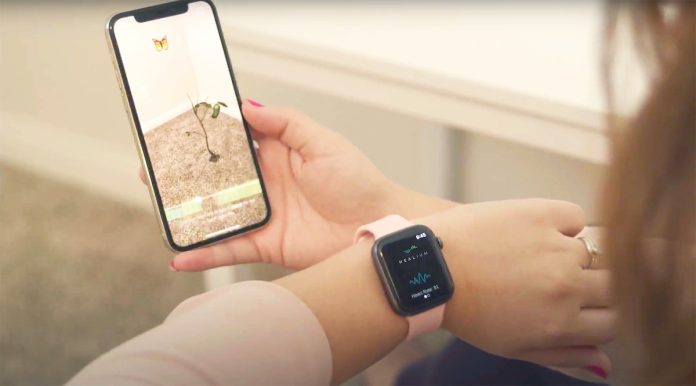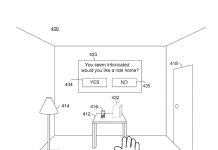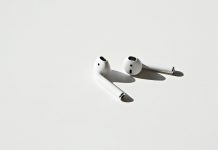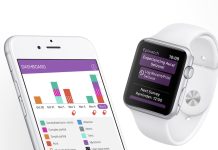Healium, a biofeedback platform that helps transform bio-data from fitness trackers into immersive media announced today that they are entering into a know-how agreement with Mayo Clinic.
The company recently completed a seed raise of $3.6M and participating funds include Impact Venture Capital, Mayo Clinic, Stadia Ventures, and Tidewater Capital among others.
Related reading:
- New Mayo Clinic study shows Apple Watch can help detect a potentially life-threatening heart condition
- Mayo Clinic Researchers can now detect weak heart pumps from Apple Watch ECGs using AI
- Cedars Sinai offers IBS/VR, a Virtual Reality Therapy for IBS patients in collaboration with MayoClinic
The company’s technologies help bring biometric data from wearables to life inside virtual, augmented, and mixed-reality stories allowing the user to see and interact with their brain patterns, heart rate, and other biomarkers.
One of the most popular Healium’s products ‘Sleepium’ is used by elite athletes and the US military to self-manage anxiety, and burnout and assist the nervous system to deal with stressful events.
“By collaborating with Mayo Clinic, we’ve built an important bridge between biometric data, generative AI, and XR content,” said Sarah Hill, Healium’s CEO who developed the technology with Dr. Jeff Tarrant in 2016 to counteract the traumatic media images she encountered as a former TV broadcaster.
Sleepium allows users to learn to self-regulate their anxiety by giving them the ability to see their EEG brain patterns or heart rate personified in real time. In seven peer-reviewed journals, Healium has been shown to significantly reduce anxiety or improve mood in as little as four minutes.
The company’s augmented reality app is compatible with iOS and Android phones and tablets. It pairs with biometric data wearables like an Apple Watch (for heart rate) or the BrainLink Lite EEG headband (for brainwaves) to determine your progress.
The biofeedback in the A/R environment works by reading your heart rate from Apple Watch.
As your heart rate lowers or brainwaves change, the augmented reality environment responds accordingly. Train your brain and experience the power of Healium as you change the colors of a beautiful jaguar, illuminate the solar system, and hatch monarch butterflies.
The growing popularity of wearables and fitness trackers has given rise to many enterprises and initiatives that are exploring how to use biofeedback data to provide actionable insights around different objectives such as managing stress.







